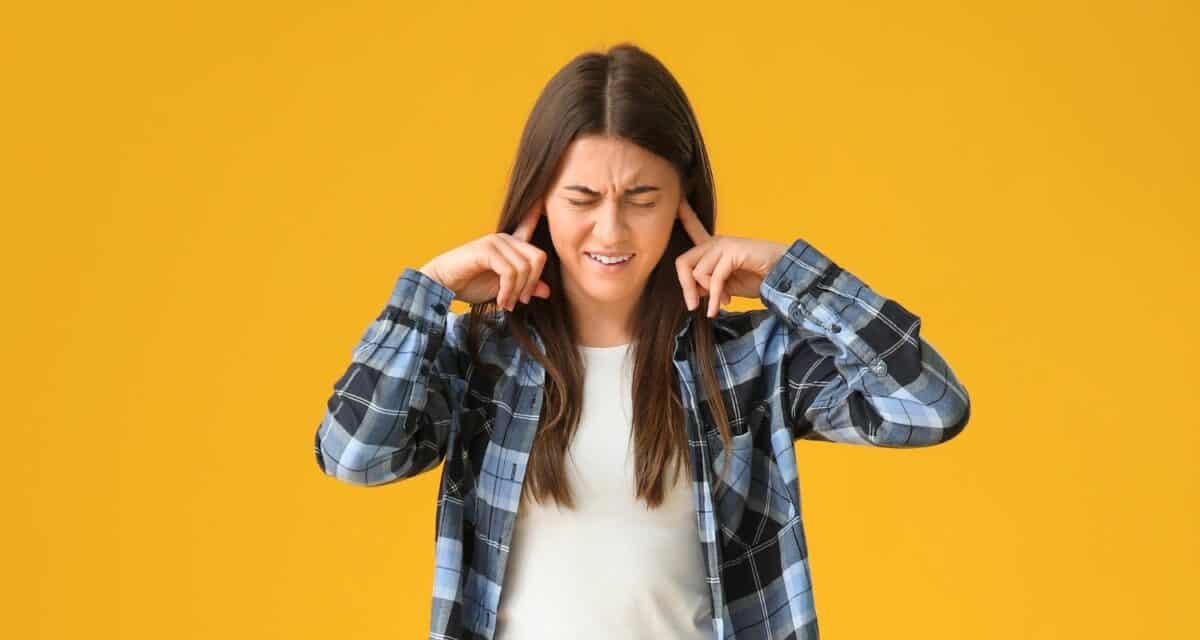It’s no surprise that noise can damage your hearing. The louder the noise, the shorter the time you can safely listen to it. Even at low levels over a long period, noise can cause permanent hearing damage.
Why is noise so dangerous for our hearing health?
The human ear has three parts: the outer ear, middle ear, and inner ear. Sound waves enter through the outer ear canal and vibrate the eardrum. This causes the tympanic membrane (or eardrum) to vibrate and move air molecules in front of it, creating sound waves that travel through the middle ear to reach the inner ear. The tiny hair cells in the inner ear are responsible for translating these vibrations into electrical signals that travel to your brain’s auditory nerve. These signals make it possible for us to hear sounds around us.
With enough loud noise, the hair cells can become damaged and die, resulting in fewer vibrations being turned into sound signals.
Be wary of noise on the job.
There is a demonstrated risk of harmful noise exposure in certain activities. Those who work for large firms or as members of labor unions are more likely to receive mandatory protection at the workplace management level. Those who work in these fields are likely to take extra steps to ensure that their hearing isn’t harmed. On the other hand, noise exposure can happen in more places than you think.
Without a safety department to regulate protective gear, even small manufacturing setups can create a dangerously loud noise. Other vocations and activities can also be hazardous aside from overtly loud environments like aviation strips, industries, and mechanic shops. As a result, you must take control of your hearing health and keep track of your daily noise exposure.
You can obtain a sense of how much sound you hear in a day and for how long with the help of a smartphone app. This combination of volume and duration is critical to maintaining your hearing ability intact for as long as possible. The following are some general suggestions for assessing your noise exposure and protecting yourself as effectively as possible.
Measure the noise
The first step is to determine the decibel noise level at work and in your free time. A simple method to get started is to use your smartphone. Download a free decibel measurement app to your phone and bring it to the location where noise is present. Keep your smartphone unblocked and nearly at ear level to achieve the most accurate measurement. Please take a few measurements and keep track of them.
Take the average of these readings if you’re in what appears to be a constant noise environment. If you observe different equipment or types of noise, take as many measures as you can to obtain a feel of the variety of noise you can encounter on any given day. Noise measures aren’t just for people who work in manufacturing or transportation. Restaurants, bars, concert halls, dance clubs, sporting facilities, salons, and schools all can cause hearing harm to individuals who work there.
Be mindful of how long you’re exposed for
You’ll need to study the National Institute for Occupational Safety and Health’s standards to determine how long you can be exposed to noise without harming yourself (NIOSH). The rule of thumb is that a noise level of 85 dB can be tolerated for 8 hours without causing hearing damage. Any noise that is louder over 85 decibels, on the other hand, may only be tolerated for a limited amount of time. Each extra three decibels of noise reduces the length of healthy exposure by half, so 88 dB can be tolerated for four hours, 91 decibels for two hours, etc. The chart shows that 100 decibels of noise can only be tolerated for 15 minutes before causing hearing impairment.
Protect yourself
Hearing protection is required if you must conduct a job or even a leisure activity that requires you to be in the presence of noise for longer than is safe. Basic disposable foam earplugs often reduce noise by at least 10 decibels, effectively increasing the amount of time you can spend in the presence of that noise. For example, if the noise level is 95 dB, you can work an 8-hour shift while wearing earplugs. More robust protection is required for louder settings.
Custom-fitted earplugs give you the support you need to do your job safely while still being able to speak in a variety of situations. Please consult with your management and our team of hearing specialists to ensure you have the proper combination of noise protection and duration. When it comes to your hearing health, it’s crucial to take control of the measurement and protection of your hearing ability rather than entrusting it to others.


